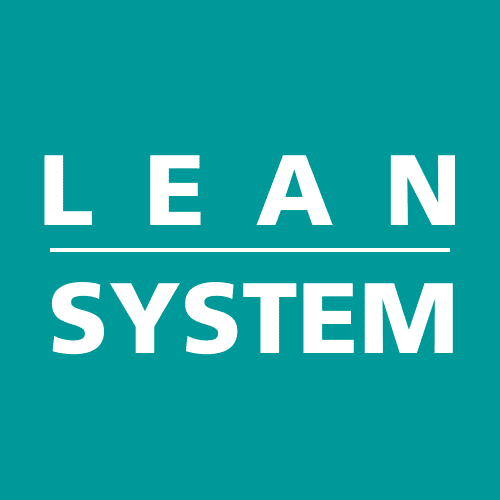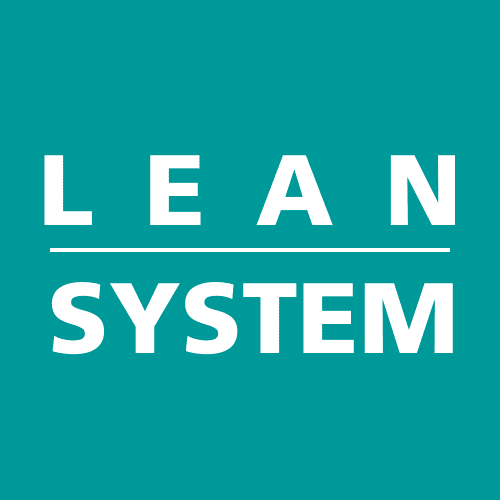Are you a working professional involved in product design and development? Do you want to ensure that your products are of high quality and meet customer requirements? If so, then you need to follow a structured approach to design and development. In this blog post, we will outline the 5 key steps to effective design and development of products.
Step 1: Design and Development Planning
The first step in effective design and development is planning. In this step, you need to consider the nature, duration, and complexity of the design and development activities. You also need to determine the process stages, including applicable design and development reviews, and the requirements for subsequent provision of products and services. Additionally, you need to identify the resources needed for the design and development process and define the responsibilities and authorities involved in the process.
Step 2: Design and Development Inputs
The second step is to determine the essential requirements for the specific types of products and services to be designed and developed. These inputs include functional and performance requirements, information derived from previous similar design and development activities, statutory and regulatory requirements, and potential consequences of failure due to the nature of the products and services. The inputs must be adequate for design and development purposes, complete, and unambiguous. Conflicting inputs must be resolved, and documented information on design and development inputs must be retained.
Step 3: Design and Development Controls
The third step is to apply controls to the design and development process to ensure that the results to be achieved are defined. Reviews are conducted to evaluate the ability of the results of design and development to meet requirements. Verification activities are conducted to ensure that the design and development outputs meet the input requirements, and validation activities are conducted to ensure that the resulting products and services meet the requirements for the specified application or intended use. Any necessary actions are taken on problems determined during the reviews, verification, and validation activities. Documented information of these activities is retained.
Step 4: Design and Development Outputs
The fourth step is to ensure that design and development outputs meet the input requirements, are adequate for the subsequent processes for the provision of products and services, include or reference monitoring and measuring requirements, as appropriate, and acceptance criteria. They should specify the characteristics of the products and services that are essential for their intended purpose and their safe and proper provision. Documented information on design and development outputs must be retained.
Step 5: Design and Development Changes
The final step is to identify, review, and control changes made during, or subsequent to, the design and development of products and services, to the extent necessary to ensure that there is no adverse impact on conformity to requirements. Documented information on design and development changes, the results of reviews, the authorization of changes, and the actions taken to prevent adverse impacts must be retained.
In conclusion, following these 5 steps to effective design and development will help ensure that your products are of high quality and meet customer requirements. By planning, defining inputs, applying controls, ensuring outputs, and managing changes, you can design and develop products that meet your customers' needs and stand out in the market. So, start implementing these steps today and take your product design and development to the next level!

